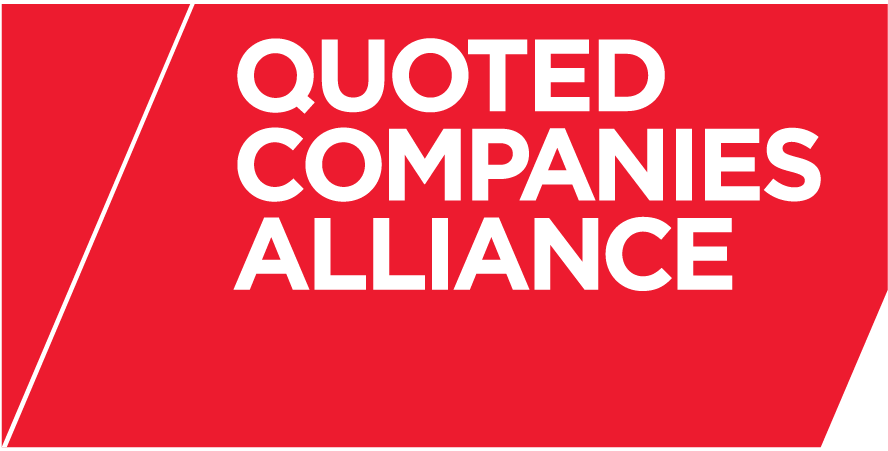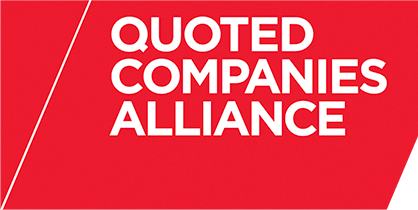The introduction of mandatory online filing is bringing about a revolution in the way companies prepare their financial information. Under the new regime, HMRC will require UK tax returns filed after 31 March 2011 to be in iXBRL format. The drive towards iXBRL has been given additional
momentum with the announcement from Companies House that it will also require mandatory online filing from 2013. The introduction of iXBRL is a significant change for companies in the UK.
The transition to iXBRL reporting represents an enormous challenge for a finance team and, if the decision has been made to deal with iXBRL conversion in-house, the project should be handled with the same care that would be applied to any major project. The more complex the company’s financial statements, the more difficult and time-consuming converting to iXBRL will be. Successful implementation requires careful planning, a clear strategy and considerable investment in time and resources.
Sharing the load
Given the scale of work involved in implementing iXBRL, it’s hardly surprising that many companies have already opted to work with an outsourcing partner. In fact, we would recommend outsourcing in the majority of cases (at least in the short term), since the scale of the project and the technical work involved, as well as the potentially harmful consequences of getting it wrong, means that tackling iXBRL tagging in-house is a risky exercise.
It is not unusual for finance functions to outsource technical work such as iXBRL, on the basis that tackling compliance processes in-house take valuable time and resources away from vital performance and management services. iXBRL is unique, however, because of its complexity
and because the necessary systems and software are still relatively new. Working with a skilled outsourcing partner can bring a number of clear benefits:
- The iXBRL learning curve for in-house staff will be steep, particularly over the next two years. Working with an external partner gives a company some breathing space to educate staff and get the right processes in place.
- iXBRL is a complex subject and requires a significant investment in terms of training if it is to be tackled in-house. Skilled staff with iXBRL experience will be in high demand once online filing becomes the norm, exposing companies to the risk of losing their iXBRL-trained employees
- UK GAAP and IFRS taxonomies are constantly evolving and finance staff will need to be kept upto-date. Using an outsourcing partner gives employers breathing space, particularly if they are also dealing with staff changes.
- iXBRL software is constantly improving and developing. Delaying a large outlay for in-house iXBRL software could reap benefits in terms of improved functionality, but it also allows companies and finance teams to assess current software in action without the commitment of a major direct investment.
- Choosing the right outsourcing partner with both the appropriate accounting and iXBRL expertise provides peace of mind that the iXBRL tagging is taken care of and that the process is robust.
- The introduction of IFRS for SMEs in 2013 will mean further a significant iXBRL tagging effort inswitching to the IFRS taxonomy for most companies, as well as a potential additional investment in terms of software and the re-education of staff. An external partner can ease these concerns. It is not always fully appreciated that online filing is a demanding requirement and one that requires serious investment in time, training and resources. With much still to be learned and the necessary systems still evolving, a skilled and experienced outsourcing partner will relieve much of the burden.
There are still a number of misunderstandings surrounding iXBRL and the introduction of online filing by HMRC, and particularly around the issue of what implementing iXBRL involves in practice. Not all companies are aware of the significance of the change and of the implications for the way they prepare their financial data and statutory accounts.
There is a risk that some companies will be taken by surprise by the volume of complex work generated by the introduction of online filing. This is partly because of a number of misconceptions and misunderstandings surrounding iXBRL that have emerged over the past few months:
It’s true that HMRC intends to take a ‘soft landing’ approach to iXBRL, as well as requiring only items from HMRC’s minimum tagging list to be tagged for the first two years. HMRC has also said that it will take a more lenient view that usual over incorrect iXBRL tagging during this period — meaning it will generally not apply the normal penalty rules — but only when it is satisfied that the company has
taken reasonable care and has made all possible efforts to get it right.
Even so, converting to iXBRL cannot be taken lightly. The abbreviated list of taxonomy concepts that will be allowed by HMRC in the first two years still amounts to more than 1,200 different items and applying it correctly requires skill, accounting knowledge and robust processes.
The process of converting a set of accounts or tax return to iXBRL format involves tagging the financial data in the accounts for each year, as well as some of the narrative information in the documents (such as directors’ names), with a specific code from the taxonomy for UK GAAP (or IFRS if applicable). On the face of it, the process sounds relatively simple — particularly when there are a range of software packages available that claim to help you do the tagging — but in practice tagging a document can be a complex and time-consuming exercise, even if done with the help of automated software.
Tagging a document is much more than a drag and drop exercise. The full UK GAAP taxonomy, which will have to be used from 2013, consists of 5,292 separate concepts. Even a line item as basic as ‘turnover’ could be tagged in a variety of different ways and the correct tag must be identified and selected. It has been estimated that it will take someone with the necessary iXBRL skills and financial knowledge a full day to tag even the most basic set of accounts. The more complex the business and its disclosures, the more challenging and time-consuming the tagging exercise.
The process must be carried out by staff who have accounting knowledge, familiarity with the UK GAAP and IFRS taxonomies, and who also understand how iXBRL works. At the moment, iXBRL skills are relatively rare and as soon as online filing is officially introduced, anyone with iXBRL tagging experience will be in demand.
It’s also important to remember that tagging a document is only one element of the online filing process. Online filing will be most successful when a methodical approach has been taken to the preparation of statutory accounts, from the formatting of documents to review and validation.
Ernst & Young’s outsourcing services are designed to take as much of the strain as each individual client needs. Some companies begin with a full assessment of their current statutory accounts processes, perhaps in preparation for taking iXBRL systems in-house in the future, while others may choose to outsource only the tagging process. Ernst & Young’s outsourcing services also convert accounts from their current format, such as Microsoft Word, to iXBRL, which gives companies the ability to continue to prepare their statutory accounts in the same way as they have done in the past, if they prefer.
This is partly true, in the sense that there is certainly no shortage of choice when it comes to iXBRL software and software providers. But the range of choice available is a problem in itself, and none of the available packages will do everything at the touch of a button.
iXBRL software is a relatively new market and one that is constantly evolving and developing. Until recently, many of the software options that were available were not designed for the UK market and the iXBRL format required by HMRC. The past few months have seen an explosion in UK-compatible offerings, though, and the range of choice can be baffling. We know first-hand how difficult it is to choose a suitable package that will do exactly what needs to be done.
XBRL software comes in two broad forms:
- ‘Bolt on’ packages that are designed to sit next to and complement existing statutory accounts preparation process. The tagging process does not begin until the accounts are finalised. While this is by far the cheaper option, much more of the tagging work is done manually so the process will require a skilled and experienced hand.
- Integrated iXBRL packages are more specialised and the tagging can be done much earlier in the financial statement preparation process. The advantage is that once the data is tagged (which is usually done through a mapping process), the software is able to assist in the preparation of the statutory accounts, with varying degrees of automation. However some integrated packages are expensive and the initial implementation can be a more complex process.
There are numerous potential risks involved in selecting iXBRL software, particularly when the industry is still in its infancy. Ongoing technical support and taxonomy updates will be needed, so companies need to be sure that their supplier is well established and likely to survive in the long term.
We expect to see the available software packages improve steadily over the next few years until a stable iXBRL software platform is established. In the meantime, outsourcing the key iXBRL functions will allow companies to confidently meet the compliance requirements without risking a significant investment that may not stand the test of time.
It is the case that if a company and its accounts have not altered significantly from the first year in which they were tagged, the tagging process in the second year should be a simpler process by comparison. But that’s not to say that tagging from year two onwards will be almost entirely
automatic. It is inevitable that a number of new items will need to be tagged, or tags will need to be amended to reflect a change in reporting practice, every year.
In addition to the switch to the full taxonomy list after the initial two years using HMRC’s minimum tagging list, the most significant event for iXBRL in the next few years will be the replacement of UK GAAP, as UK companies that are currently following UK GAAP move to a form of IFRS. This means that the iXBRL taxonomy applied in tagging tax returns and statutory accounts will also change and the IFRS taxonomy will apply.
Conclusion
The introduction of iXBRL will fundamentally change the way in which UK companies prepare and report their financial information. Its importance, and the complexity involved in implementing iXBRL, should not be underestimated.
iXBRL tagging is a technical process that requires accounting and financial knowledge, as well as specific iXBRL skills. The expertise that is needed to comply with the new HMRC requirements, as well as the potential for iXBRL to steal valuable resources and time away from value-added services, make it an ideal candidate for outsourcing, at least in the short-term. One day, iXBRL reporting will be second nature to us all but until then, we are here to help.
The author's of this article are Sean Callaghan, Partner at Ernst & Young LLP, and Ben Smith, Director at Ernst & Young LLP.

